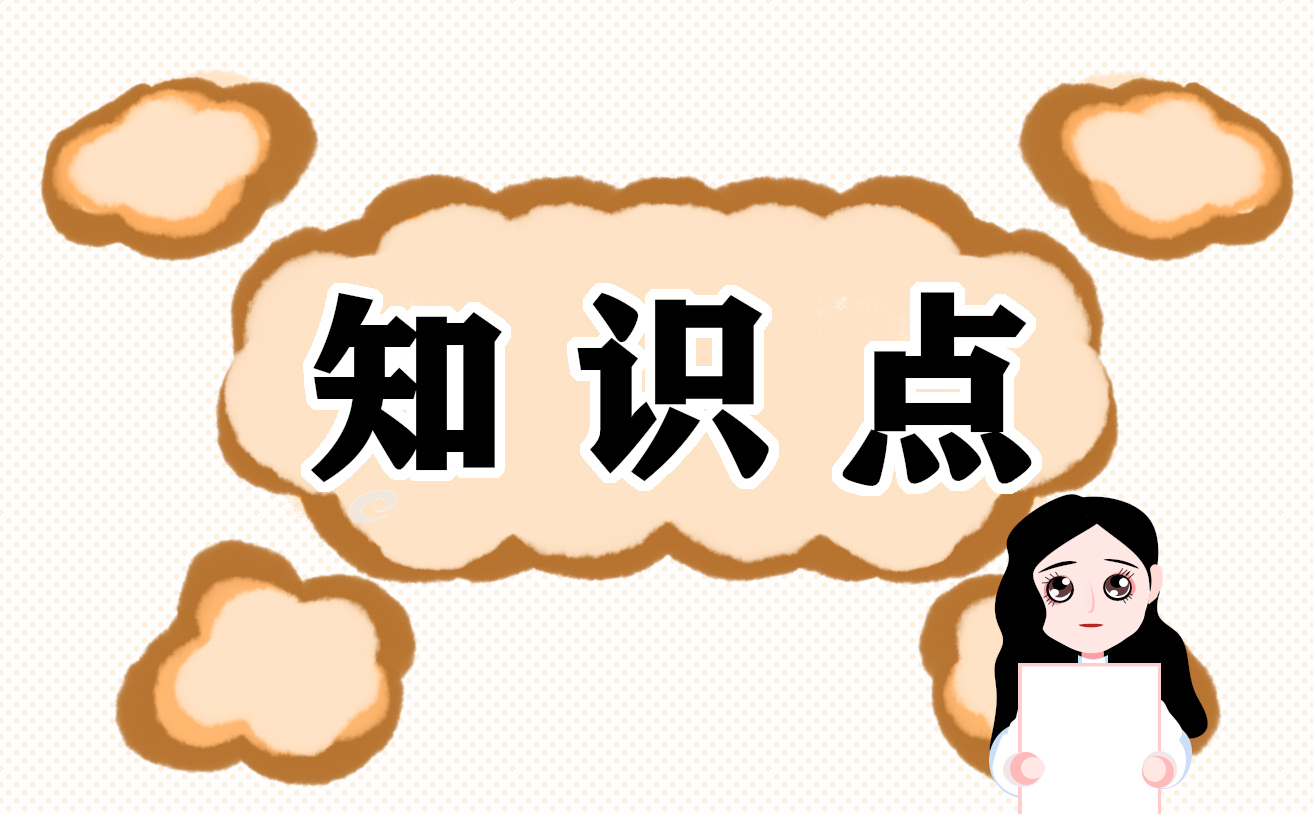知识是人们前进的最大动力,因为有知识,我们知道我们从哪里来,也知道我们将要到哪里去。下面小编给大家分享一些高中语法的知识总结,希望能够帮助大家,欢迎阅读!

高中语法的知识总结1
定语从句
概念:在复合句中,修饰名词或代词的从句叫做定语从句。
成分:先行词,即被定语从句修饰的名词或代词;关系代词:that,which,who(宾格为whom,所有格为whose);或者关系副词where,when,why等。关系代词或关系副词处在先行词和定语从句之间,起着连接主从句的作用。
1. 关系代词that的用法
关系代词that在定语从句中既能指人,也能指物;既能做主语,也能做宾语
例:1)A plane is a machine that can fly. (指物,作主语)
2)The noodles (that) I cooked were delicious. (指物,作宾语)
3)Who is the man that is reading a book over there? (指人,作主语)
4)The girl (that) we saw yesterday was Jim’s sister,(指人,作宾语)
2. 关系代词which的用法
关系代词which在定语从句中只能指物,但既可以做宾语也能作主语
例:1)They planted some trees which didn’t need much water. (作主语)
2)The fish (which) we bought this morning were not fresh. (作宾语)
3. 关系代词who,whom的用法
关系代词who,whom 只能指人,在定语从句中分别作主语和宾语
例:1)The foreigner who helped us yesterday is from USA.(作主语)
2)The person to whom you just talked to is Mr. Li. (作宾语)、
4. 关系代词whose在的用法
关系代词whose为关系代词who的所有格形式,其先行词既可以是人也可以是物,whose和它所修饰的名词在定语从句中既可以做主语也可以做宾语。
例:1)This is the scientist whose name is known all over the world. (指人,作主语)
2) The room whose window faces south is mine. (指物,作主语)
3)He has written a book whose name I’ve forgotten. (指物,作宾语)
5. 关系副词when的用法
关系副词when在定语从句中作时间状语
例:1)I’ll never forget the time when (=during which) we worked on the farm.
2) Do you remember the afternoon when (=on which) we first met three years ago?
6. 关系副词where在定语从句中的用法
关系副词where在定语从句中做地点状语
例:1)This is the place where( =at/ in which) we first met.
2) The hotel where (= in which ) we stayed wasn’t very clean.
7. 关系副词why在定语从句中的用法
关系副词why在定语从句中作原因状语
例: 1). I didn’t get a pay rise, but this wasn’t the reason why(= for which) I left.
2). The reason why (=for which) he has late was that he missed the train.
高中语法的知识总结2
It的用法
1、It除了代替人和物以外,还可以作形式主语。而真正的主语(不定式、动名词或从句)则放于谓语或表语之后。
例如:It is nor easy to finish the work in two days.
然而有少数表语之后接动名词作真正的主语。这些表语是:无助(no help)、无用(no use)、没好处(no good);工作(hard work)、费时(a waste of time)、又危险(a danger)。
例如:A、It is no use crying over spilt milk.
B、It is a waste of time waiting for him.
2、It还可以作形式宾语。通常下列动词后面可接it作形式宾语:2f2tcjm(find,feel,think,take,consider,judge, make)。
例如:A、He made it clear that he was not interested in this subject.
B、I think it no use arguing with him.
3、It用于强调句式。要强调句子的某一部分(主语、宾语、 状语),可以把it当作先行词。这种句子的结构是:It is(was)+ 被强调部分+that(who)+句子的其余部分。
例如:A、It iS Professor Lin who teaches us English—(强调主语)
B、It was in Shanghai that l saw the film.—(强调状语)
C、It was in 1990 that I worked in the factory.(同上)
但要注意与定语从句的区别。
例如:D、It was 1990 when I worked in the factory.(定语从句)
在强调句式里,我们把强调结构It is(was)…that除去,句子还很完整。如例句C。而例句D就不能。
高中语法的知识总结3
陈述句的变化规则
直接引语如果是陈述句,变为间接引语时,用连词that(可省略)引导,从句中的人称、时态、指示代词、时间状语、地点状语都要发生相应的变化。
人称的变化——人称的变化主要是要理解句子的意思
例:1. He said, “ I like it very much.” → He said that he liked it very much.
2. He said to me, “I’v left my book in your room.”
→ He told me that he had left his book in my room.
例:
“I don’t want to set down a series of facts in a diary,” said Anne.
→Anne said that she didn’t want to set down a series of facts in a diary.
The boy said, “I’m using a knife.”
→ The boy said that he was using a knife.
▲注意:如果直接引语是客观真理,变为间接引语时,时态不变,如:
He said, “Light travels much faster than sound.”
He said that light travels much faster than sound.
指示代词、时间状语、地点状语和动词的变化
(二) 祈使句的变化规则
如果直接引语是祈使句,变为间接引语时,要将祈使句的动词原形变为带to的不定式,并根据句子意思在不定式前加上tell/ask/order等动词,如果祈使句是否定句,在不定式前面还要加上not。例:
The hostess said to us, “Please sit down.”
→ The hostess asked us to sit down.
He said, “Don’t make so much noise, boys.”
→ He told the boys not to make so much noise.
(三)疑问句的变化规则
如果直接引语是疑问句,变为间接引语时要把疑问句语序变为陈述句语序,句末用句号。
一般疑问句:如果直接引语是一般疑问句,变为间接引语时,谓语动词是say或said时,要改为 ask 或asked,原问句变为由if/whether 引导的宾语从句。例:
“Do you think a diary can become your friend?” the writer says.
→ The writer asks us if we think a diary can become our friend.
2) 特殊疑问句:如果间接引语是特殊疑问句,变为间接引语时,仍用原来的引导词,但疑问句要变为陈述句。例:
“What do you want?” he asked me.
→ He asked me what I wanted
- 农业局党建工作述职报告有哪些
- 医生个人述职报告万能
- 医生述职报告通用版
- 普通财务个人述职报告(10篇)
- 2022个人述职报告怎么写(10篇)
- 医生年度述职报告模板
- 新员工转正述职报告(10篇)
- 2022最新医生述职报告
- 员工转正述职报告(10篇)
- 财务工作述职报告(10篇)
- 财务述职报告(10篇)
- 个人转正述职报告(10篇)
- 个人述职报告模板怎么写(10篇)
- 述职报告怎么写(10篇)
- 关于医生个人述职报告
- 医生年终述职报告范文
- 医生年度述职报告大全
- 医生述职报告2022通用
- 2022年度医生述职报告
- 医生述职报告怎么写
- 司法局局长个人述职报告模板
- 供销社工作人员述职报告文本模板
- 供销合作社述职报告个人范文
- 办公室主任工作述职报告精选范文
- 办公室主任述职报告【5篇】
- attired
- attitude
- attitude control
- attitude-control
- attitude formation
- attitude research
- attitude-research
- attitudinal
- attitudinal change
- attn
- 历历如绘
- 历历落落
- 历日旷久
- 历练老成
- 厉世摩钝
- 厉世磨钝
- 厉兵秣马
- 厉兵粟马
- 厉精为治
- 厉精图治
- 档案问题?
- 2013年河源市东源县林业局招聘人员笔试成绩公告
- 2013年浙江工商大学拟聘用人员公示
- 2013年浙江大学信息与电子工程学系招聘启事
- 2013年浙江大学能源工程学系专职科研人员招聘启事
- 宜宾市屏山县事业单位2013年第一次招聘资格审查事项通知
- 2013年浙江大学研究生院管理岗位招聘启事
- 2013年浙江大学发展战略研究院招聘启事
- 2013年北海市银海区银滩镇城市管理巡防中队招聘简章
- 贵港市土地储备中心2013年招聘编外人员公告